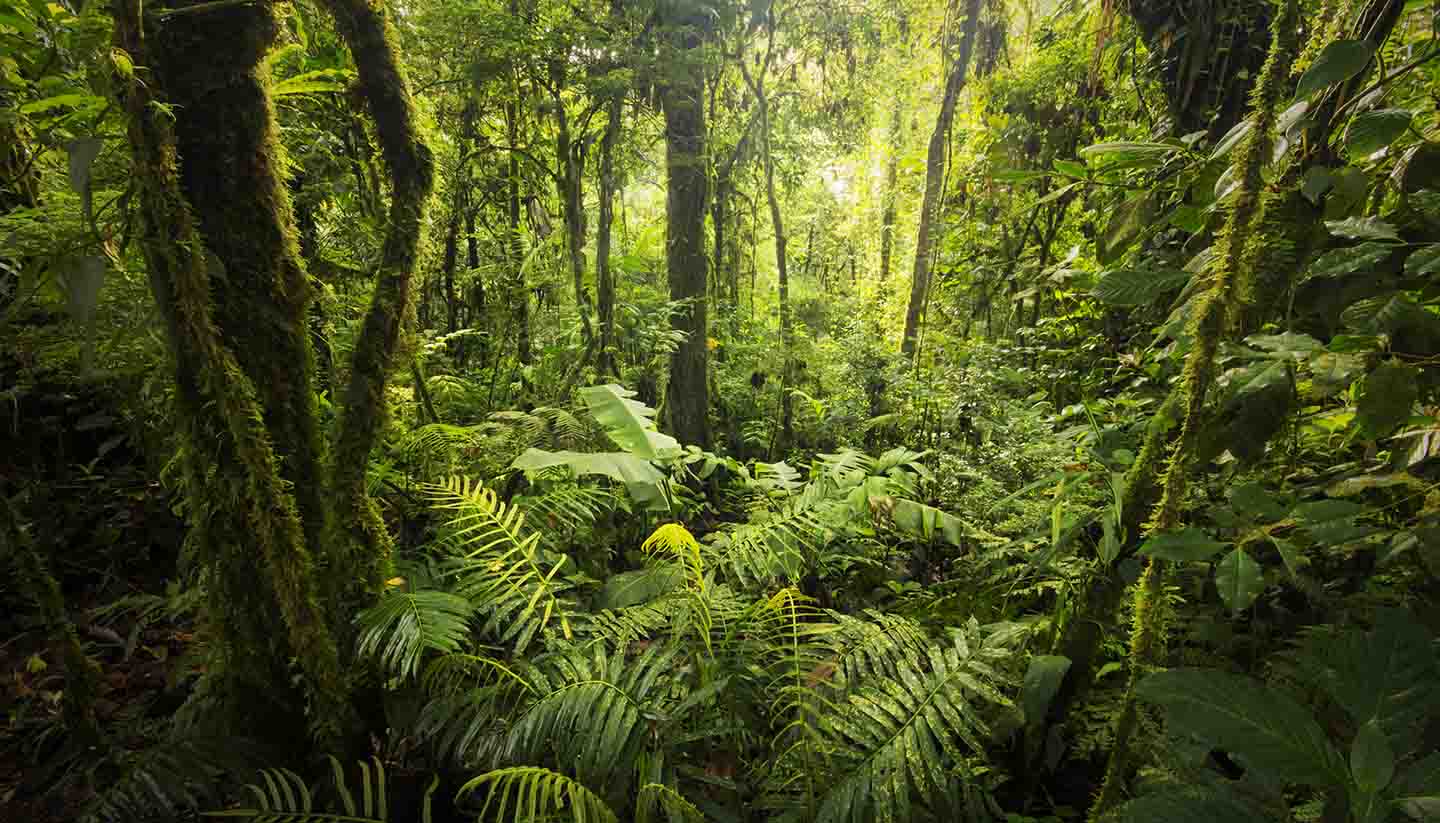Getting Around Costa Rica
Air
Aerobell (www.aerobell.com) and SANSA (www.flysansa.com) run domestic services within Costa Rica.
Road
Costa Rica has a good network of roads connecting cities and popular attractions. Intrepid travellers may choose to drive from San José to nearby national parks, namely Braulio Carrillo, Poás, and Tapantí Macizo de la Muerte.
The primary roads are Route 1 (connecting San José and Nicaragua via Peñas Blancas), Route 2 (connecting San José and Panama via Paso Canoas) and Route 32 (connecting San José and Puerto Limón on the Caribbean side). Routes 1 and 2 are part of the Interamericana.
Petrol stations are available (with some operating 24 hours along the Interamericana), although you are advised to fill up whenever you have the opportunity.
Side of the road
RightRoad Quality
Away from the Interamericana and roads around San José, road conditions vary from passable to gravel and precarious river crossings. During the rainy season, flooding and landslides are common.
Road Classification
Costa Rica classifies its national roads into primary (1 to 39), secondary (100 to 257) and tertiary (300 and above). A few highways have tolls and you are advised to carry colones or US dollars (in low denominations).
Car Hire
International and local car hire companies are available in popular tourist destinations.
You must be over 21 and have a full driving licence from your own country to hire a car in Costa Rica. You're advised to carefully note and confirm any damage or scratches to the vehicle before driving off.
Beware that thieves may target your rental car, so park in a secured lot and don't leave anything in the car. Also, there have been reports about scams involving sudden flat tires on rental cars and helpful locals turning out to be robbers. It pays to remain vigilant.
Taxi
All airport taxis are orange.
Official metered red taxis are available in cities but in smaller towns you may need to arrange for a private hire – in this case, negotiate a price first. Carry Costa Rican colónes or US dollars in small denominations. It has been reported that some drivers don't want to turn on the meter or claim the meter is broken.
Ride-hailing apps are available in some cities.
Bike
Bicycle rentals are available in selected tourist destinations.
Coach
Many travellers claim that if one isn't in a hurry, the best way to get around Costa Rica is by taking a coach, as all coaches run on scheduled timetables. They are also cheaper than taxis and offer a more relaxed experience than renting a car.
If you are willing to pay a bit more, look for a shared shuttle, which typically comes in an air-conditioned van with seats for up to 12 passengers.
Regulations
Unless otherwise indicated, the speed limits are 40kph (25mph) in urban areas, 60kph (37mph) on secondary roads and 120kph (75mph) on highways.
Seat belts must be worn by all occupants of the vehicle.
Breakdown services
Contact your car hire company.
Documentation
Foreign drivers must have a valid driver's licence from their home country or an International Driving Permit. Car hire documents and insurance are also essential.
Rail
There is a network of train routes radiating from San José to Cartago, Pavas, Pacífico, Belén, Heredia, Orotina and Alajuela.


